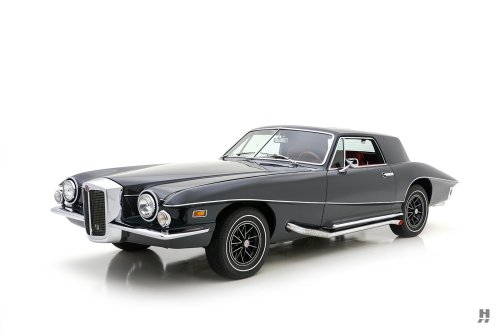

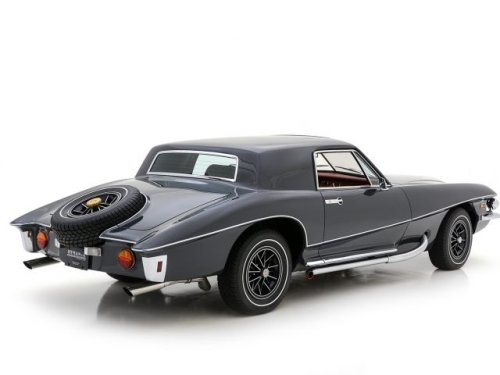
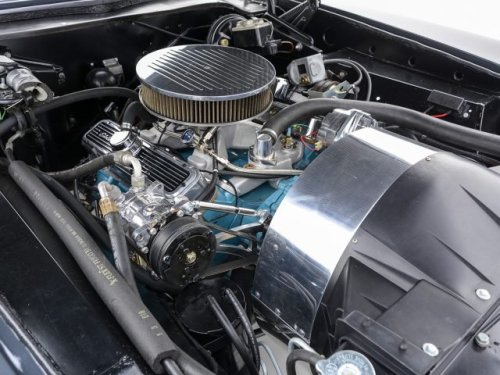

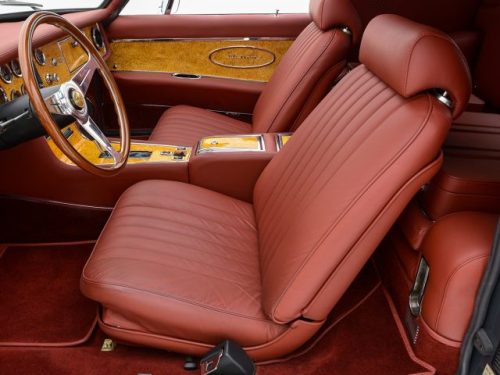




(via Classic 1971 Stutz Blackhawk Series 1 Coupe For Sale | Hyman Classic Cars)
from Tumblr https://somar78.tumblr.com/post/659327889224974336
This is an exact reproduction of what is widely regarded to be the world’s first production automobile, the Benz Patent-Motorwagen. It was built by John Bentley Engineering of England to exacting standards, so exacting in fact that Mercedes-Benz Classic commissioned 100 of them to be built for publicity and display purposes.
Although many expect it to just be a static model, this simple automobile is 100% operational and drivable – each was driven after it was built to test it, and then the wheels and tires were changed with new clean examples for display.
The chronicle of Karl Benz’s invention of his Benz Patent-Motorwagen cannot be told without much of the story also being devoted to his wife Bertha Benz, without whom it’s unlikely that the Patent-Motorwagen would ever have been built.
Above Image: An exact reproduction of the original 1886 Benz Patent-Motorwagen.
Not only did Bertha fund the project using money from her dowry, she also provided some much-needed business savvy that Karl Benz lacked. There can be no doubt that Mr Benz was an engineering genius, however the process of monetizing his creations had been something he had struggled with – until Bertha arrived.
After showing his Benz Patent-Motorwagen to the public in 1885 and applying for a patent which was granted in 1886, the company put the new automobile into production over three primary model families, the Benz Patent-Motorwagen Nr. 1, the Benz Patent-Motorwagen Nr. 2, and finally, the Benz Patent-Motorwagen Nr. 3.
These early automobiles sold in limited numbers of approximately two dozen, mostly to well-heeled folk who saw the newfangled invention as a bit of curiosity. Bertha Benz realized they needed to expand their customer base, and so in early August of 1888 she set off with her two sons, Eugen and Richard, for what would become the first ever cross-country automobile journey – or the first road trip.
She drove from Mannheim via Heidelberg and Wiesloch, to Pforzheim to visit her mother, she completed the trip without telling Karl of her plans, and without informing any of the local authorities. The trip covered a distance of 106 km (66 miles), the stops in Heidelberg and Wiesloch were to buy fuel, the vehicle ran on a petroleum product called ligroin which was only for sale at chemists, there were no gas stations at the time of course.
This journey brought in much newspaper coverage and turned Bertha into a celebrity of sorts, sales of their automobiles increased as a result and it played no small part in the uptake of the automobile as daily transportation.
Above Image: Karl and Bertha Benz in a Benz-Victoria during the 1890s. Image courtesy of Mercedes-Benz.
Classic car enthusiasts now meet to complete the same journey in a long procession every two years, it’s called the Bertha Benz Memorial Route and it’s now officially sign posted for visitors who want to retrace her steps.
“Only one person remained with me in the small ship of life when it seemed destined to sink. That was my wife. Bravely and resolutely she set the new sails of hope.” – Karl Benz speaking of Betha Benz in 1925
As mentioned up top, this is an exact working replica of the original Patent-Motorwagen, the only key difference being the use of white gas as fuel rather than the harder to source ligroin.
Like this original, this simple automobile is powered by a 954cc, horizontally-mounted, single-cylinder, four-stroke engine with an electric ignition and it’s capable of 0.75 horsepower. This output is fed to a belt drive through a large, horizontal flywheel in the rear, reaching the rear wheels via dual chain drives – one on each side.
This carefully built replica is now due to be offered for sale by RM Sotheby’s on the 14th of August with a price guide of $60,000 – $80,000 USD. It comes with detailed operating instructions and it was only recently removed from its original shipping crate after many years of storage, it’s now been returned to running condition ready for sale.
If you’d like to read more about it or register to bid you can click here to visit the listing.
Images: Motorcar Studios ©2021 Courtesy of RM Sotheby’s
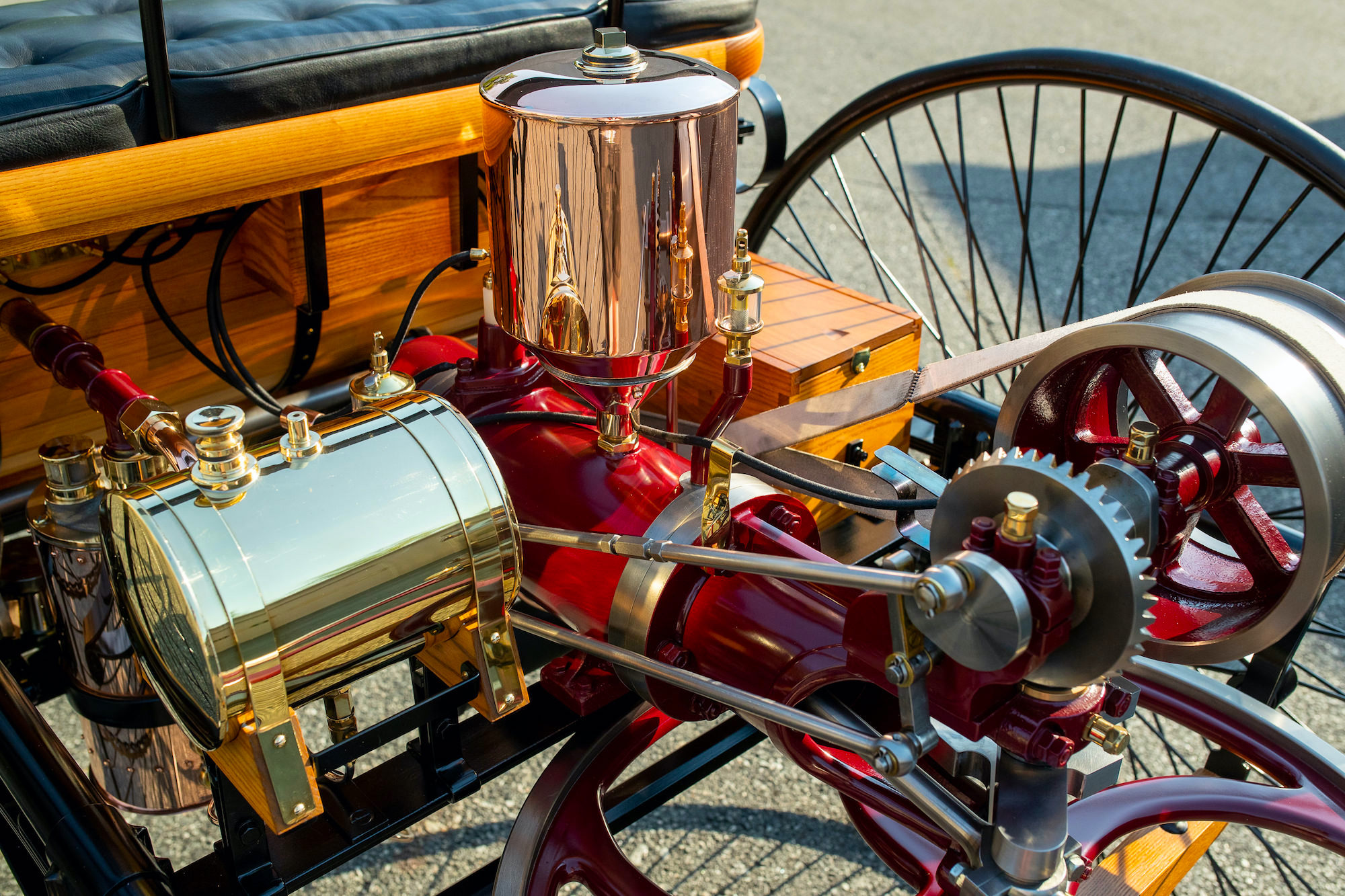
The post For Sale: The First Automobile – A Benz Patent-Motorwagen Ectype – $60,000+ USD appeared first on Silodrome.
This is the Chevrolet Aerosedan, it’s a one-off hot rod built by the legendary Ken Fenical, aka Posies, of Hummelstown, Pennsylvania.
In the world of hot rod building, the name Posies is well-known, it’s a company that supplies everything from parts and mechanical work to fully-built custom cars.
Back in 2006 Ken decided to build himself his own hot rod, it would be something altogether unique that flouted a number of common hot rod traditions. First and foremost the car wouldn’t be powered by an American V8 – by far the most common engine choice for hot rod builders, dating back to the mid-20th century.
Instead of a V8 Ken and the team at Posies opted for a fire-breathing Roush Performance 308 cubic inch (5.0 liter) inline 6-cylinder engine with a Powerdyne supercharger. This engine was fitted with a Roush head, a Posies valve cover, and a Posies/Holley manifold.
Exact horsepower figures for this engine aren’t available however a reliable source is indicating that it’s capable of an estimated 400 bhp, vastly more than the original car’s 216 cubic inch inline-six would have been able to muster.
The car that was chosen as the starting point was a ’47 Chevy sedan, an unusual choice for a full hot rod build. Ken and his team cut 12 inches from the center and fused the two halves together creating a narrower, lighter body.
This body was then mounted to a low-slung custom steel tube frame chassis, the hood was discarded and the engine bay sides have large vents running down both sides to keep the highly tuned Roush engine as cool as possible.
Above Image: The car is fitted with a Roush Performance 308 cubic inch (5.0 liter) inline 6-cylinder engine with a Powerdyne supercharger that’s capable of a reported 400 bhp.
Inside the car you’ll find a fully trimmed interior with four bucket seats, a full length center console, air conditioning, a C4 automatic transmission with a Deltrans converter and a Gear Vendors overdrive, Haneline instruments, Dynamat sound deadener, and for safety, a Posies 10-point roll cage.
Braking power is provided by period-correct 11 inch drums on all four corners with a dual reservoir master cylinder. The car rides on Posies Super Slide springs at each wheel and it has Bilstein front shocks and Air Ride ShockWaves in the rear.
Those eye-catching rims are Colorado Customs wheels, with a 19×2 up front and a 20×3 in the rear, they’re shod with Coker Excelsior Racing tires, with a 19×4.5 in front and a 20×6 in the back.
Once completed the car was displayed at the 2007 SEMA show where it was seen by tens of thousands of show goers, it was later featured in Street Rodder Magazine and in Hot Rod Magazine.
By all accounts Ken used this car regularly and was known to drive it in a rather spirited manner, scaring the wits out of a Hot Rod Magazine writer back in 2007 on the streets of Hummelstown.
The car is now available to sale courtesy of Mecum Auctions who will be offering it as part of their Monterey sale in mid-August. At the time of writing there’s no price guide available, if you’d like to read more about it or register to bid you can click here to visit the listing.
Images courtesy of Mecum
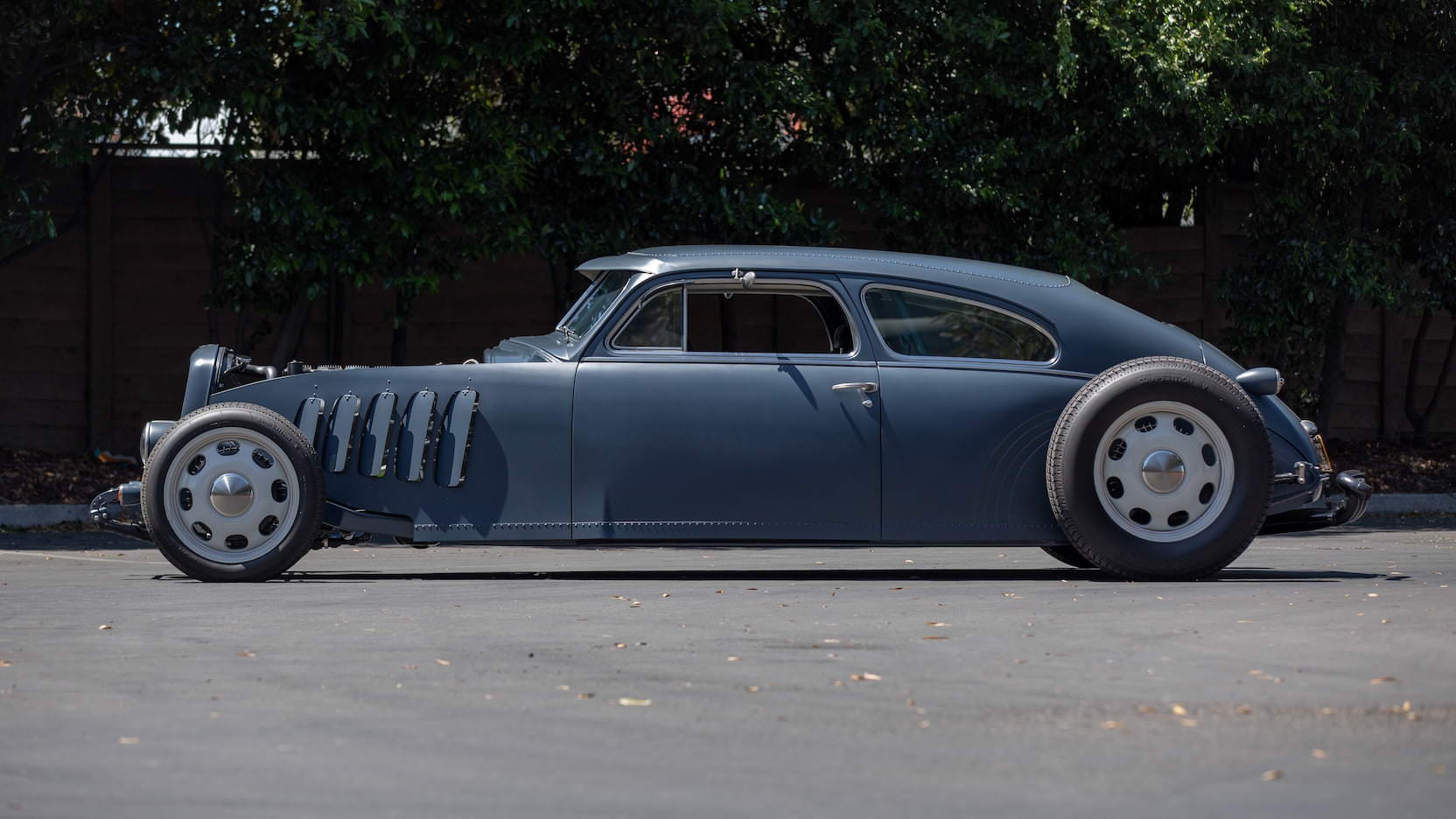
The post The 400+hp Chevrolet Aerosedan By Ken “Posies” Fenical appeared first on Silodrome.